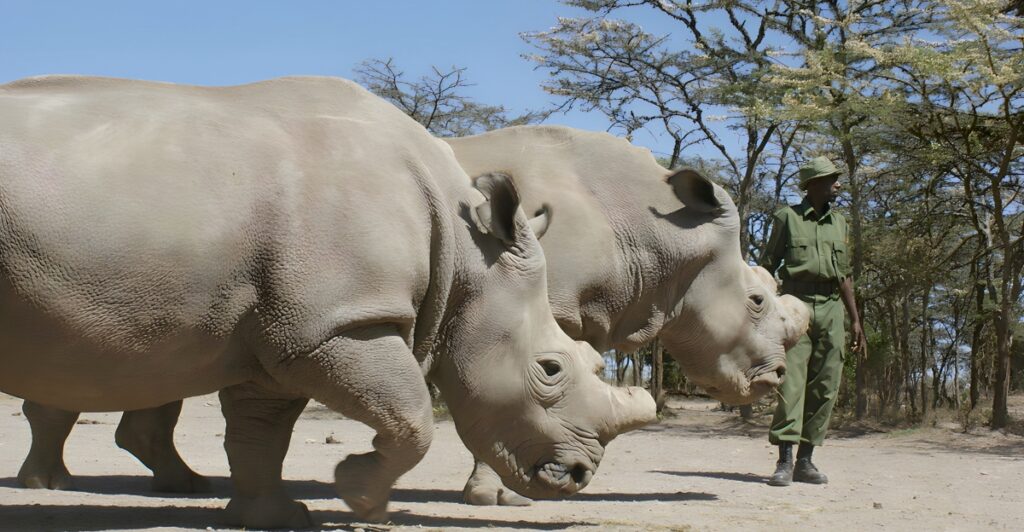
Over the past 150 years, our planet has witnessed the tragic loss of numerous animal species, changing ecosystems and biodiversity. From the striking Tasmanian tiger to the passenger pigeon, each extinct species tells a story of human impact and environmental change. These are 12 animals we’ve lost in the past 150 years.
1. The Northern White Rhinoceros
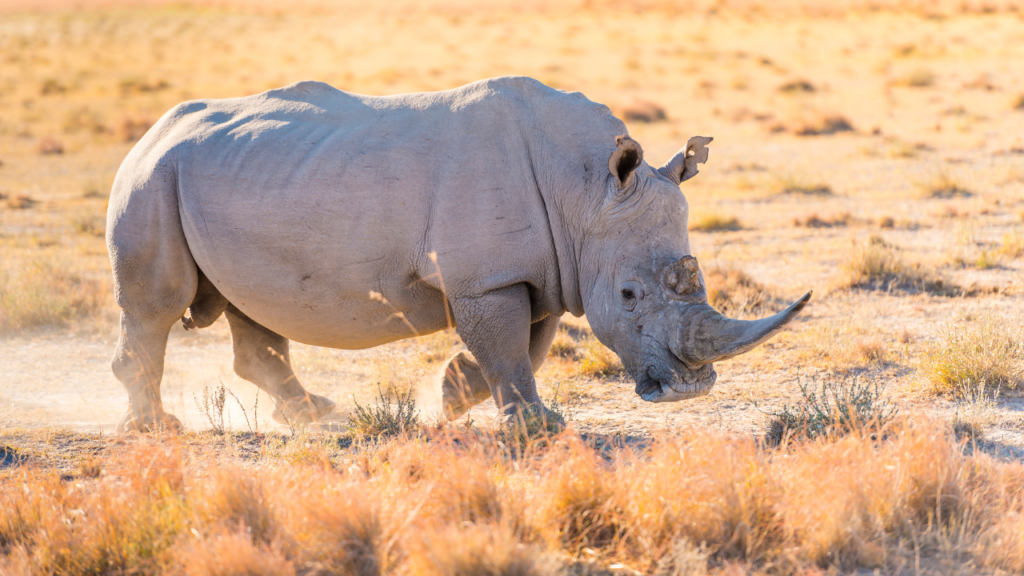
The last male Northern White Rhinoceros tragically passed away from old age in March of 2018. Currently, only two females are left in the world, making this animal functionally extinct. Poaching, as well as uncontrolled hunting in the colonial era, caused the major decline of white rhinos.
2. The Thylacine
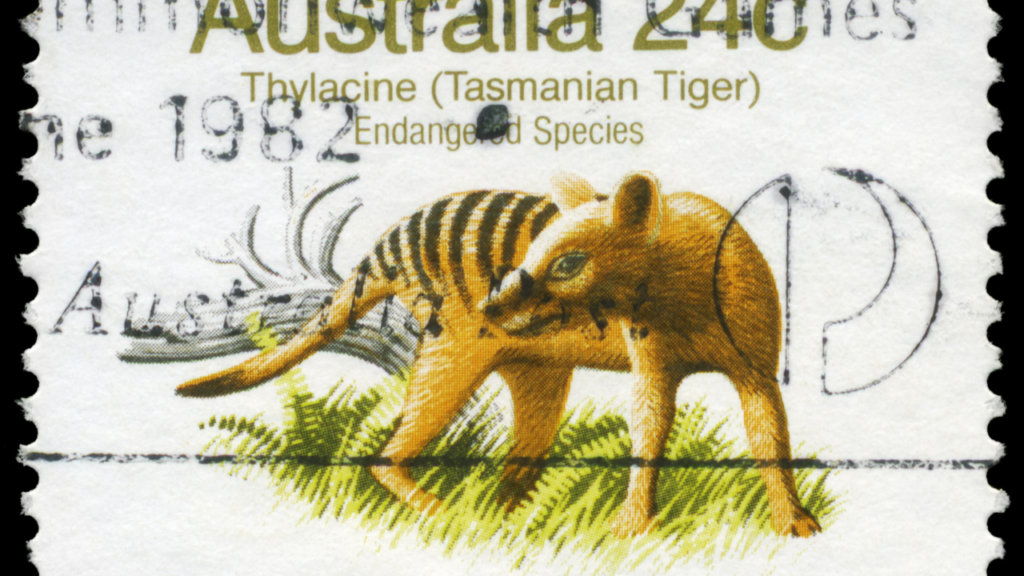
The Thylacine, also known as the Tasmanian tiger, was a predator that resembled a large dog with tiger-like stripes. However, despite its appearance, the Thylacine was a marsupial! Sadly, it was declared extinct in 1936 when the last known Thylacine passed away in a Tasmanian zoo, just 130 years after it was first discovered.
3. The Passenger Pigeon

At a time, the Passenger Pigeon was the most abundant bird in North America and possibly the world, but in 1914, the last remaining pigeon tragically died. The passenger pigeon’s extinction was driven by two major factors: large-scale commercial hunting of pigeon meat and widespread habitat destruction.
4. The Quagga
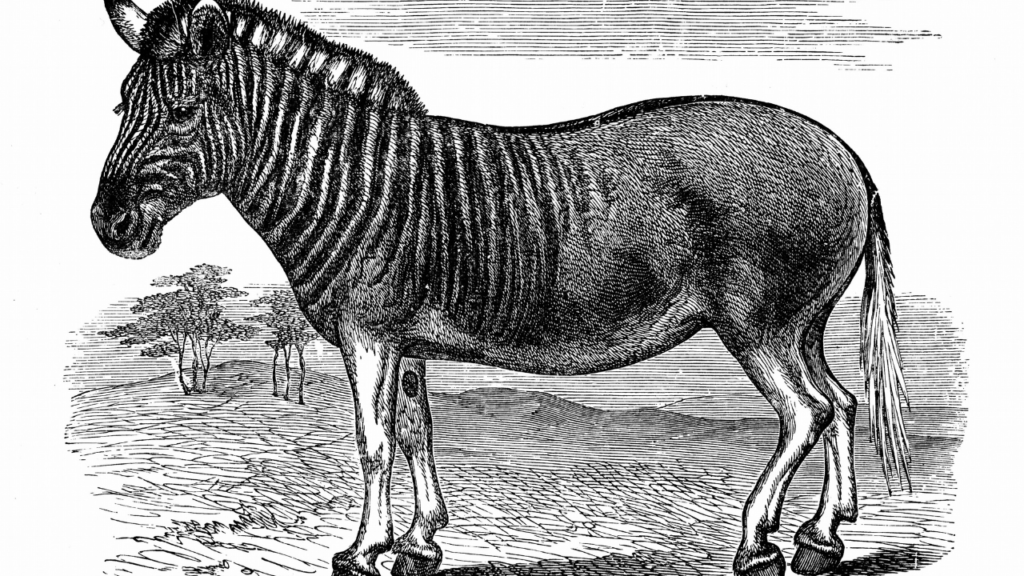
The Quagga is a relative of the zebra and went extinct over 100 years ago. From the front, these animals looked just like zebras, but they were brown along the rear half of their bodies. They once roamed South Africa in vast herds until European settlers began hunting them at an alarming rate. By the 1880s, the last known Quagga had died. Currently, scientists are trying to resurrect the Quagga, and they’ve had some success!
5. The Dodo
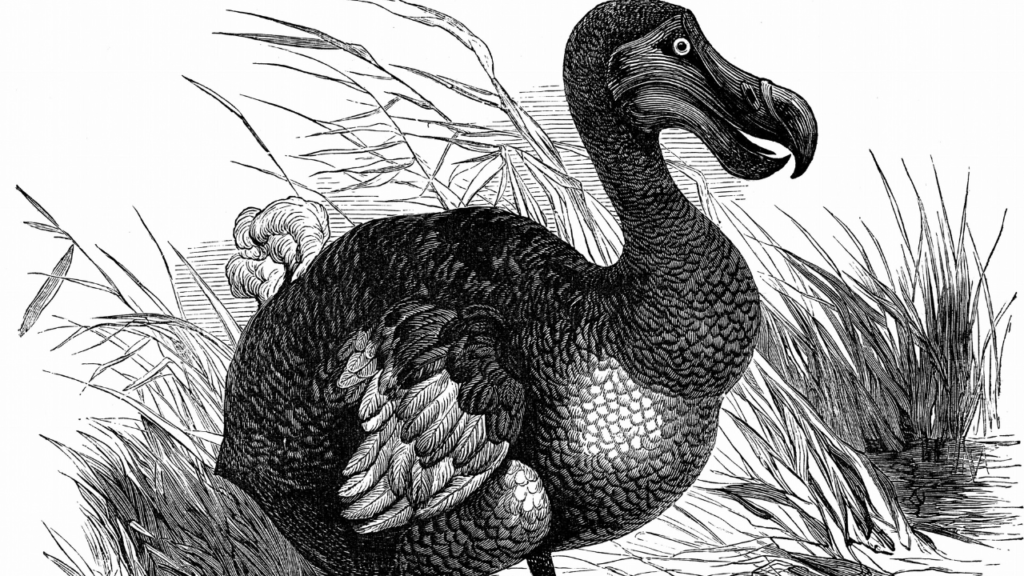
The Dodo was a flightless bird from Mauritius, and we only know what it looked like because of drawings, paintings, and written accounts from the 17th century. It was first discovered by Dutch sailors in 1598, but in the years that followed, it was ruthlessly hunted by sailors and invasive species while its habitat was being destroyed. The last sighting of a dodo was in 1662.
6. Zanzibar Leopard

Many years ago, it was widely believed that Zanzibar Leopards were associated with witches, prompting locals to hunt them relentlessly. The last confirmed sighting of these creatures dates back to the 1980s. However, in 2018, a leopard was captured on a camera trap, sparking renewed hope for the species’ survival, though some experts remain skeptical.
7. Tecopa Pupfish

The Tecopa pupfish, an extinct subspecies of the Amargosa pupfish, once thrived in the hot springs of California’s Mojave Desert in Inyo County. But the growing popularity of the springs during the 1950s and 1960s brought significant changes to their habitat. The construction of bathhouses led to the expansion of the hot spring pools and the rerouting of their outflows, destroying the pupfish’s natural habitat.
8. Falkland Islands Wolf
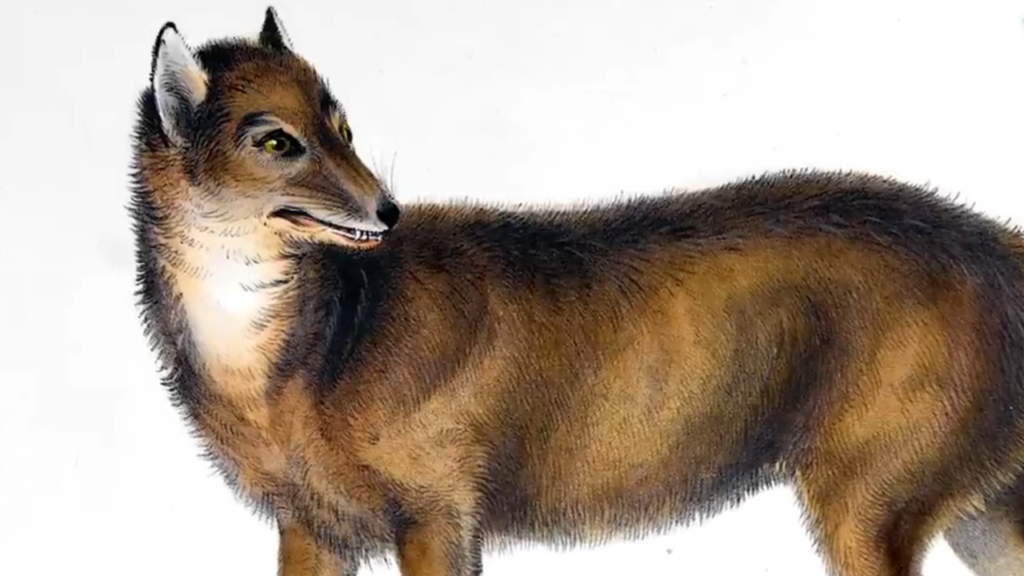
The Falkland Islands wolf, also called the warrah, was the only native land mammal of the Falkland Islands off of Argentina. Tragically, the species was hunted to extinction following human settlement on the islands, with the last known individual dying in 1876.
9. Javan Tiger

The Javan tiger was a native to the Indonesian island of Java around 110,000–12,000 years ago. Unfortunately, its habitat was destroyed by agricultural expansion and infrastructure development. Despite extensive studies conducted in the 1980s and 1990s, no evidence of the Javan tiger has been found, leading to its official classification as extinct in 2008.
10. Dutch Alcon Blue Butterfly

The Dutch Alcon blue was a rare subspecies of the Alcon blue butterfly and was found in the grasslands of The Netherlands. Little is known about it, and it hasn’t been spotted since 1979!
11. Pinta Island Tortoise
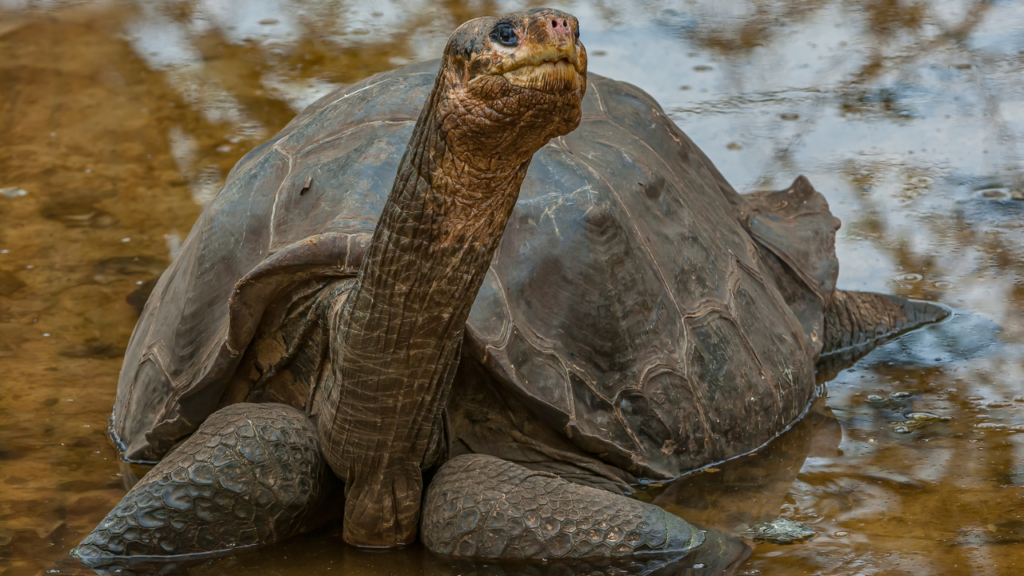
The Pinta Island tortoise is a recently extinct subspecies of the Galápagos tortoise, native to Ecuador’s Pinta Island. The last known purebred Pinta Island tortoise, a male named Lonesome George, sadly passed away in 2015.
12. The Schomburgk’s Deer
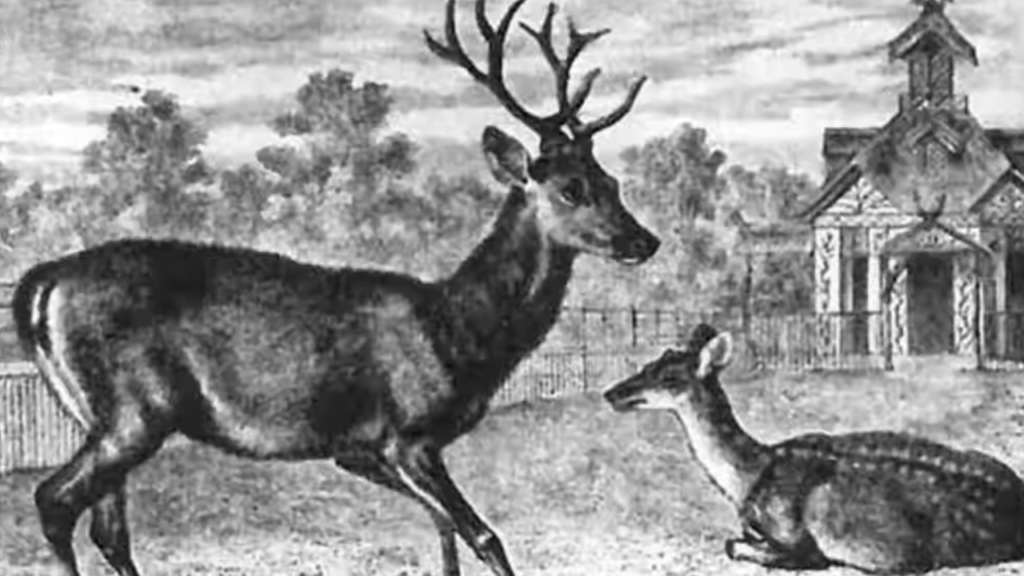
The Schomburgk’s deer, native to the swampy plains of central Thailand with its dense grass, cane, and shrubs, was first described in 1863 by Edward Blyth and named after Sir Robert H. Schomburgk, the British consul in Bangkok from 1857 to 1864. Tragically, this species is believed to have gone extinct by 1938.
Credit:
23 Extinct Animals We’ve Lost in the Past 150 Years
Stay connected with us for more stories like this! Follow us to get the latest updates or hit the Follow button at the top of this article, and let us know what you think by leaving your feedback below. We’d love to hear from you!







